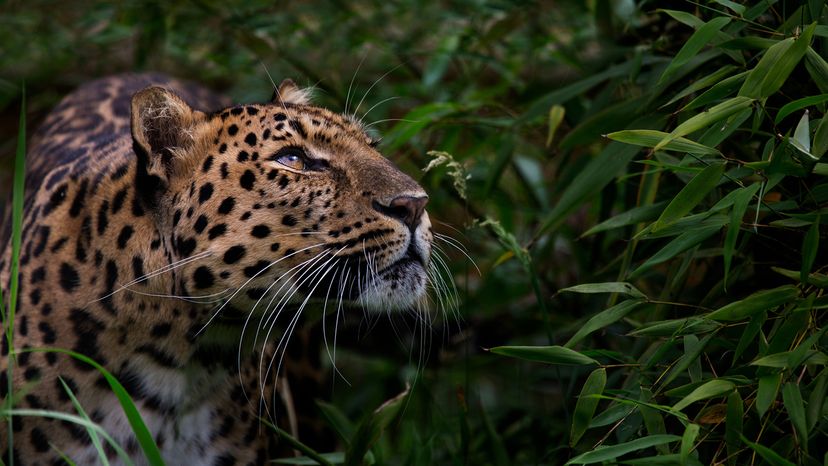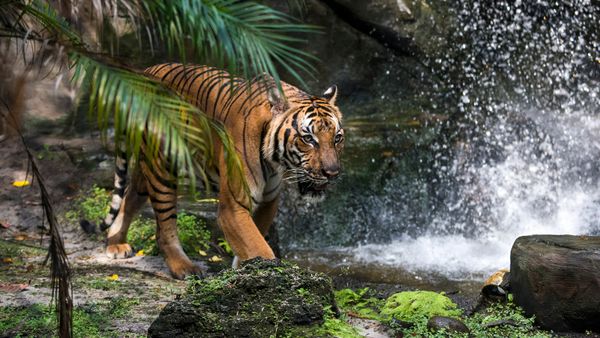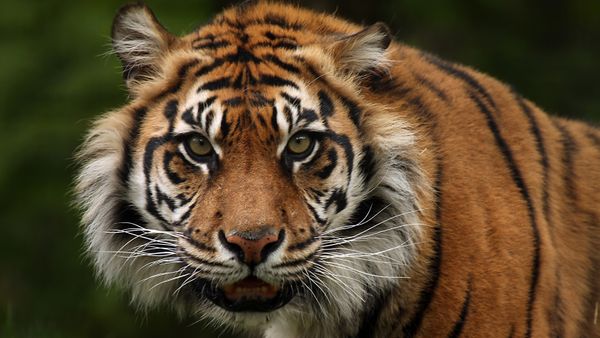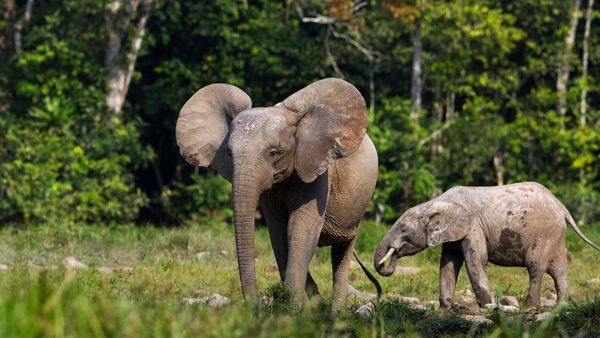There are probably fewer than 200 Amur leopards left in the wild, making this possibly the world's rarest cat. The largest Amur leopard population resides in the Land of the Leopard, where there were 121 leopards in December 2023; other populations are likely much smaller.
Human activity has pushed the Amur leopard to extinction. "A rapid population decline was observed in the 20th century mainly due to excessive hunting, declining of prey species and marginalization of habitat resources," wrote the authors of the 2022 study on Leopard scat.
The International Union for Conservation of Nature (IUCN) Red List named the Amur leopard critically endangered in 2008, and although conservation efforts have led to modest population increases, these big cats are still under threat.
"The tiny population that survives today is under extreme risk of extinction because of poaching, deforestation, inbreeding and anthropogenic pressure," wrote the authors of the 2016 study using local records to reconstruct population data.



